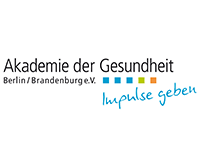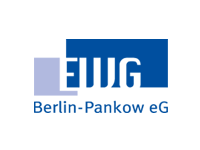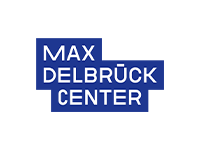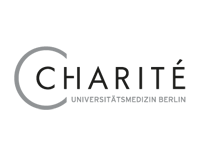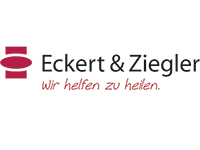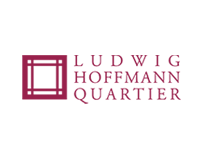Your selection
Research / 10.07.2024
The Imaging Innovation Center hits a milestone
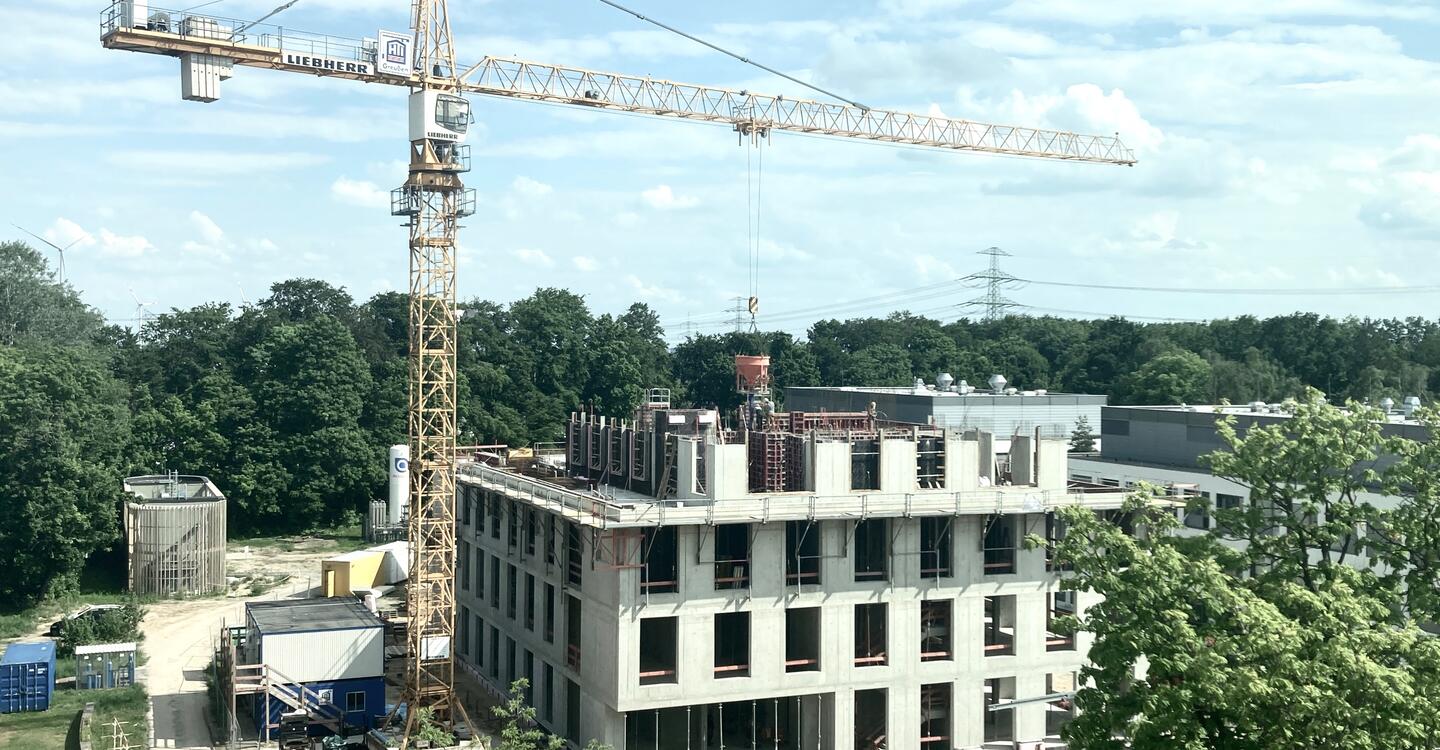
The Max Delbrück Center, Berlin, celebrates its new, innovative research building with a “topping-out ceremony.” The Imaging Innovation Center, designed by the architectural firm heinlewischer, will host researchers specializing in imaging and analysis alongside data experts under one roof starting in 2026.
A state-of-the-art facility for leading researchers in imaging and AI is almost complete: After nearly a year and a half of construction, the architects, builders and scientists is celebrating the new Imaging Innovation Center (IIC) of the Max Delbrück Center for Molecular Medicine in the Helmholtz Association with a “topping out ceremony” on July 11, 2024, on the Campus Buch in Berlin. In the new building, research teams and technology experts from the Max Delbrück Center, including the platforms for Advanced Light Microscopy and Electron Microscopy, as well as new working groups, will cooperate closely to develop imaging technologies starting in 2026. The new IIC will integrate imaging with data analyses and include AI-supported methods. Physicists, biophysicists, life scientists, and bioinformaticians will work closely together. Additionally, companies will have the opportunity to test and make available the latest developments in a "Demonstrator Space for Microscopy."
Imaging as a driving force in biomedicine
"Imaging techniques significantly advance biomedical research and have led to revolutionary discoveries. Any innovation in microscopy that allows us to observe biological phenomena between molecules in cells, organs, and the organism with higher temporal and spatial resolution can dramatically change our understanding of diseases," said Professor Holger Gerhardt, Deputy Scientific Director of the Max Delbrück Center, at the topping-out ceremony. He further added: "Investing in the use and development of imaging techniques and image data analysis in our new IIC is an important strategic positioning. It is essential to fulfill our mission: Discovery for Tomorrow's Medicine."
Heike Graßmann, Administrative Director of the Max Delbrück Center, expressed gratitude to the federal and state governments as well as all the companies and craftsmen involved in the construction: "If you want to enable world-leading research in Berlin in the coming decades, you have to invest wisely today. Thanks to the strategically forward-looking decision by the federal and state governments, we are able to invest nearly 32 million euros in the construction of this new life sciences research building on our campus. I am particularly pleased that we have managed to advance the construction so significantly in just one and a half years by working together diligently."
Highly sensitive microscopy on almost 3000 square meters
The three-and-a-half-story building with a total usable area of 2.675 square meters was planned by the architects at heinlewischer, which has already realized several buildings on the campus. The construction costs of the publically funded building, originally to be named Optical Imaging Center, amount to €31,873 million. The building is located directly next to the Isolde-Diedrich House for Cryo-Electron Microscopy and integrates ideally into the ensemble of research buildings on the campus. Like the Cryo-EM, the IIC rests on a massive base plate that compensates for shifts in the building’s structure. This low-vibration construction, ensures that the highly sensitive light and electron microscopes are not affected by any movement. A highly precise air conditioning system will ensure stable temperature and constant humidity in the laboratories. The building will be built to the highest energy conservation standards, i.e., prepared for the transition to future energy sources and is equipped with photovoltaics and geothermal collectors; it is expected to receive the silver certificate of the sustainable building rating system BNB.
The architect Dr. Alexander Gyalokay from heinlewischer said: "It is always a challenge to meet the specific requirements of science on the one hand and the demands for flexibility and cost-effectiveness on the other. Optical imaging requires vibration-resistant buildings with temperature-stable rooms, which we will construct here in a rare concentration. We are proud to be involved in such a project."
Further Information
Overview News
News Buch Berlin
Leibniz Prize awarded to Ana Pombo
The German Research Foundation (DFG) has announced that biochemist Ana Pombo from the Max Delbrück Center is among this year’s winners of the Gottfried Wilhelm Leibniz Prize. With a grant of €2.5 mill...
more ...Eckert & Ziegler Submits GalliaPharm® for Approval by Japan’s Health Authority MHLW
Eckert & Ziegler Radiopharma GmbH (Eckert & Ziegler), a leading provider of isotope technology for nuclear medicine and radiopharmaceutical applications, announces the submission of its GalliaPharm® 6...
more ...Inspiring and connecting: “Talk im Cube”
For almost a year, “Talk im Cube” has been bringing science and business together on the Campus Berlin-Buch
more ...Events Buch Berlin
26.12.2024, 11:00
Führung „Wildnis am Stadtrand – Freie Pferde als Landschaftspfleger“
Kostenfreie Führung mit Antonia Gerke zum Thema „Pferde als Landschaftspfleger“
more ...29.12.2024, 10:00
Weihnachtslieder-Wunschsingen
im Gemeindehaus der Schlosskirche Berlin-Buch
more ...